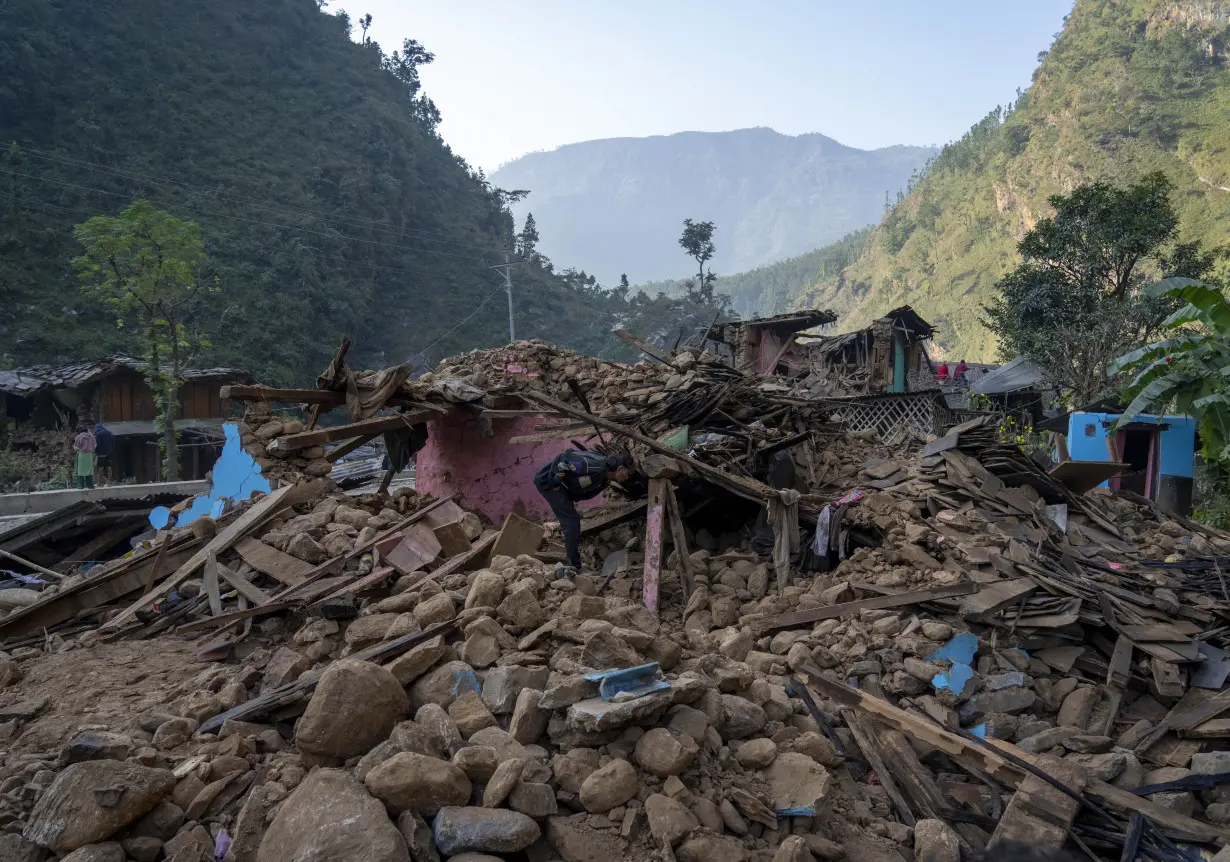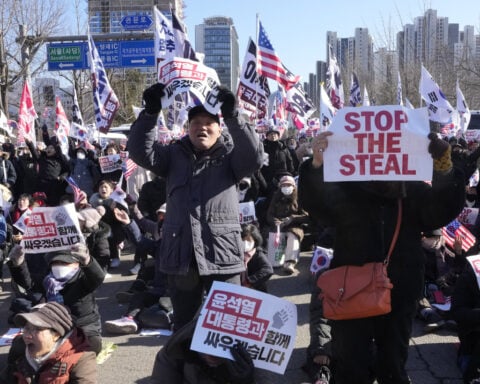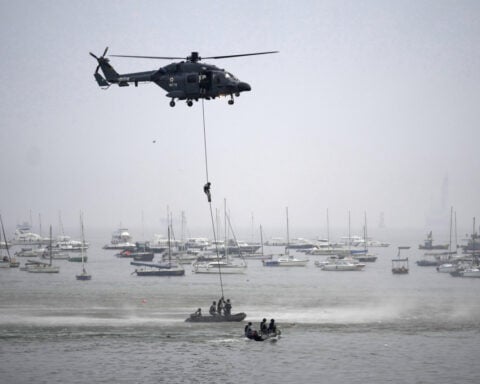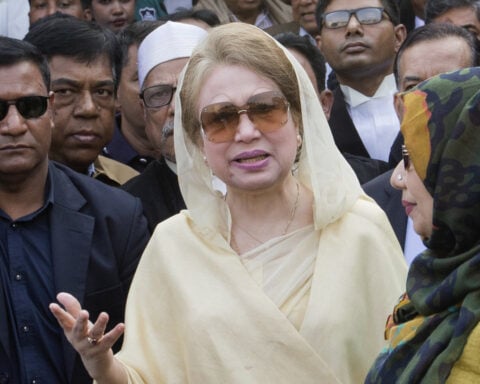KATHMANDU, Nepal (AP) — Survivors of an earthquake that flattened villages in Nepal’s northwest mountains searched through the debris of their collapsed homes for any salvageable belongings Monday as aid trickled into the remote area.
The relatively shallow 5.6 temblo r Friday killed 157 people, injured scores and left thousands homeless when it struck just before midnight, unleashing landslides and collapsing homes in an area of steep slopes centered around the district of Jajarkot. The district is about 400 kilometers (250 meters) northeast of the capital, Kathmandu.
“It felt like the world had collapsed and I was not sure if anyone had even survived and would be able to help,” said Mina Bika, who was sleeping with her family when the ceiling of their home fell and buried them.
Her husband was badly injured and taken to hospital in the town of Surkhet, while she and the couple’s two sons were only lightly hurt.
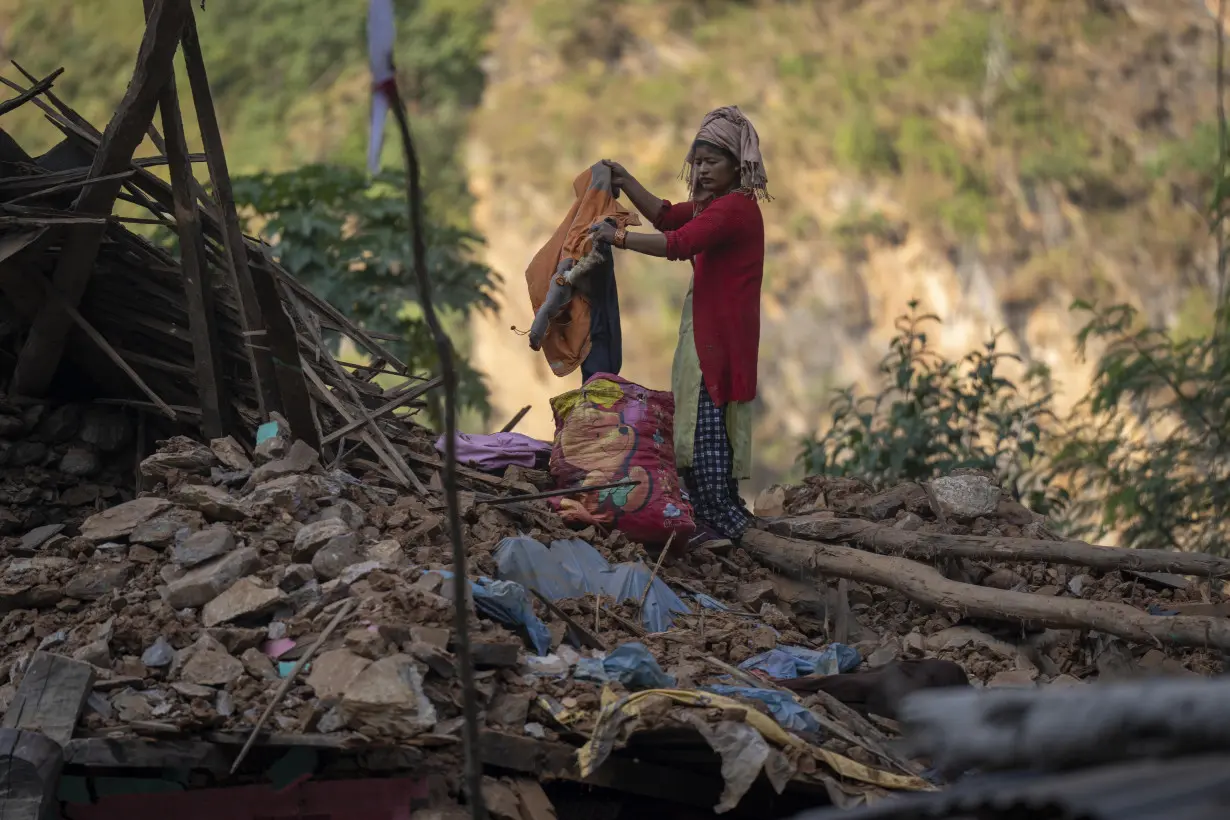
Authorities pressed forward Monday with efforts to bring food, tents, medicine and other supplies to the remote villages, many reachable only by foot. Roads also were blocked by landslides triggered by the earthquake. Soldiers could be seen trying to clear blocked roads.
Later in the afternoon, the ground shook again with a magnitude 5.3 aftershock that sent people scrambling for safety.
Rescue and search teams said the first part of their mission — to rescue survivors, get the injured to treatment and search for bodies — was over.
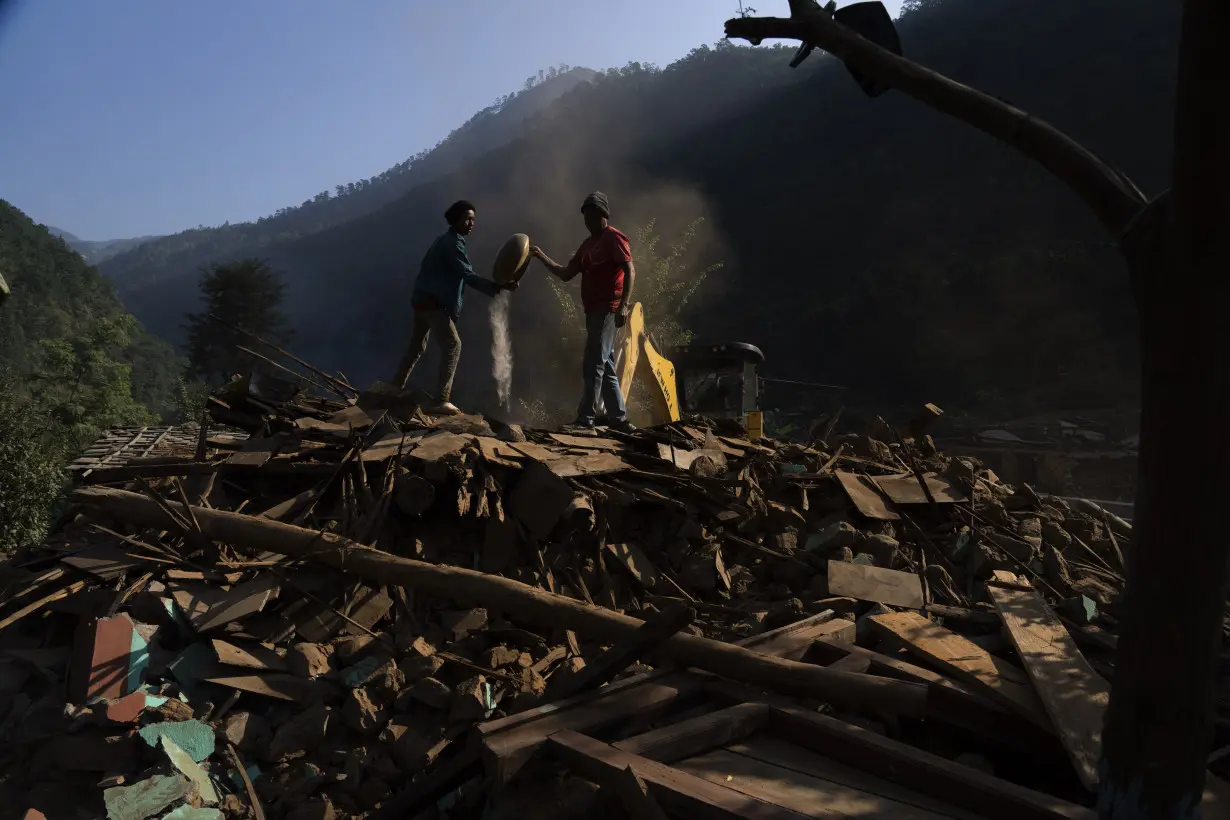
“Now we are working on the second phase of our work to distribute relief material, get aid to the villagers, and at the same time we are collecting details about the damages,” government official Harish Chandra Sharma said Monday.
Nepal' s National Emergency Operation Center in Kathmandu said that along with the 157 killed, at least 256 people were injured and 3,891 houses were damaged.
In Chepare, villagers were going through piles of rocks and logs that used to be their homes Monday, looking for anything they could salvage.
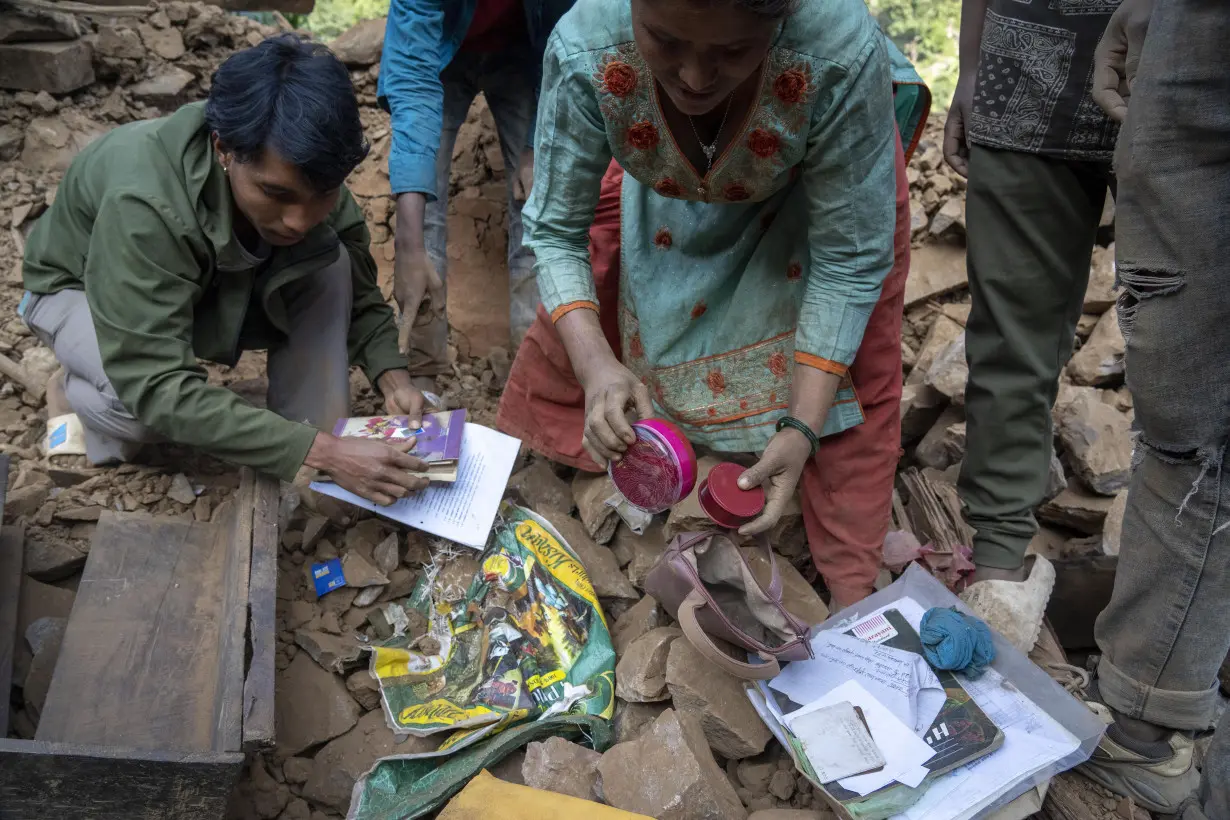
“Most of what belonged to us is under the rubble, all our beds, clothes, whatever jewelry and money we had, it’s all under there,” said Nirmala Sharma, pointing to her wrecked home.
She said they got a tent and some food on Sunday night. Authorities distributed rice, oil, instant noodles and salt in the village, to last them for a few days.
Tarpaulin and plastic sheets made for temporary shelters for a lucky few, while thousands of others spent a third night in the cold.
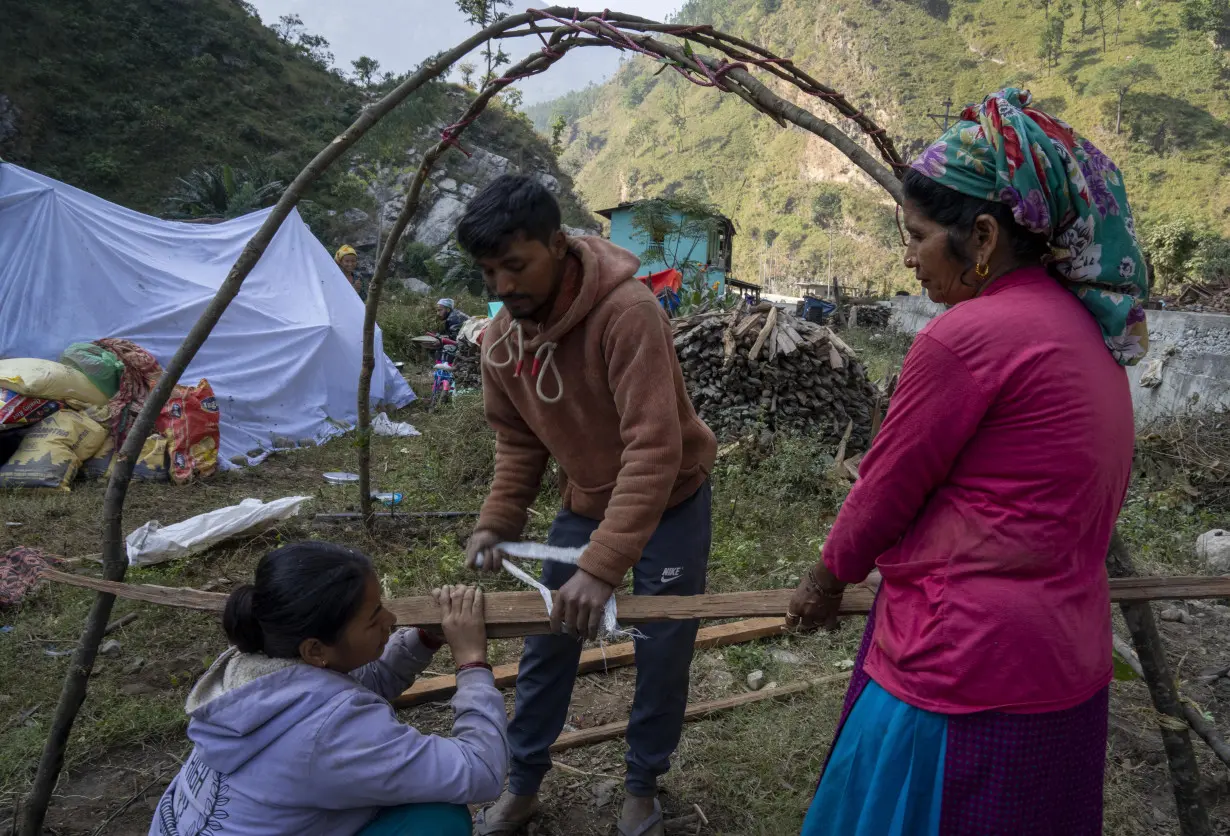
U.N. Secretary-General Antonio Guterres, who just returned from a trip to Nepal, said the hospitality and spirit of the country's people were “fresh in his heart." He sent condolences to families of the victims while wishing for a quick recovery for the injured, U.N. spokesman Stephane Dujarric said.
“The United Nations is working closely with authorities in providing speedy assistance — including food, shelter and medicine — to those affected,” the spokesman added.
Most homes in villages throughout the districts of Jajarkot and Rukum were built by stacking rocks and logs, and they mostly collapsed or were severely damaged in the quake. Even the few buildings made out of concrete were damaged.
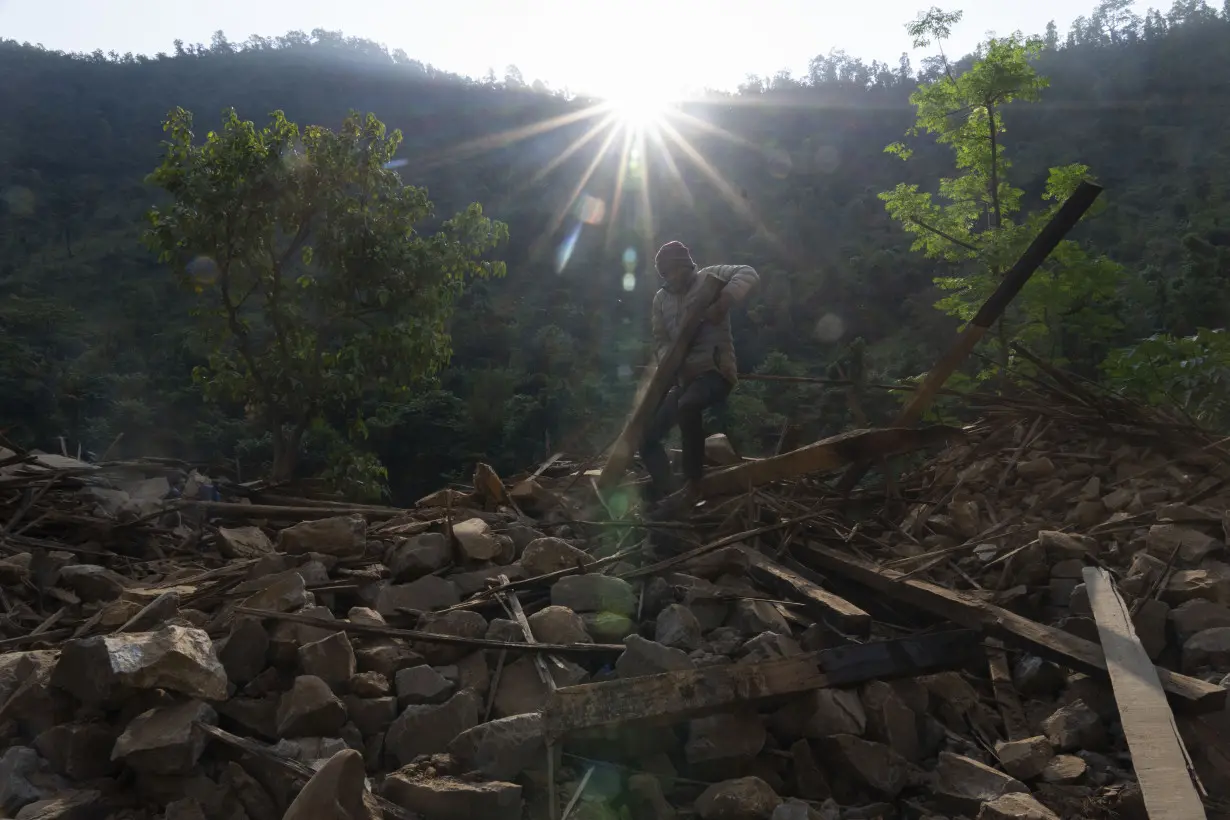
Monday's aftershock caused panic but there were no casualties, only a few structures that were already damaged were reported to have completely collapsed, said police official Binod Majhi. He added that the tremor would likely force many to spend a fourth night in the open.
After a Cabinet meeting on Sunday, Communications Minister Rekha Sharma told reporters that supplying food and setting up temporary shelters were the main focus of government efforts for the moment while also working on plans to reconstruct damaged houses.
Friday night's quake was also felt in India’s capital, New Delhi, more than 800 kilometers (500 miles) away.
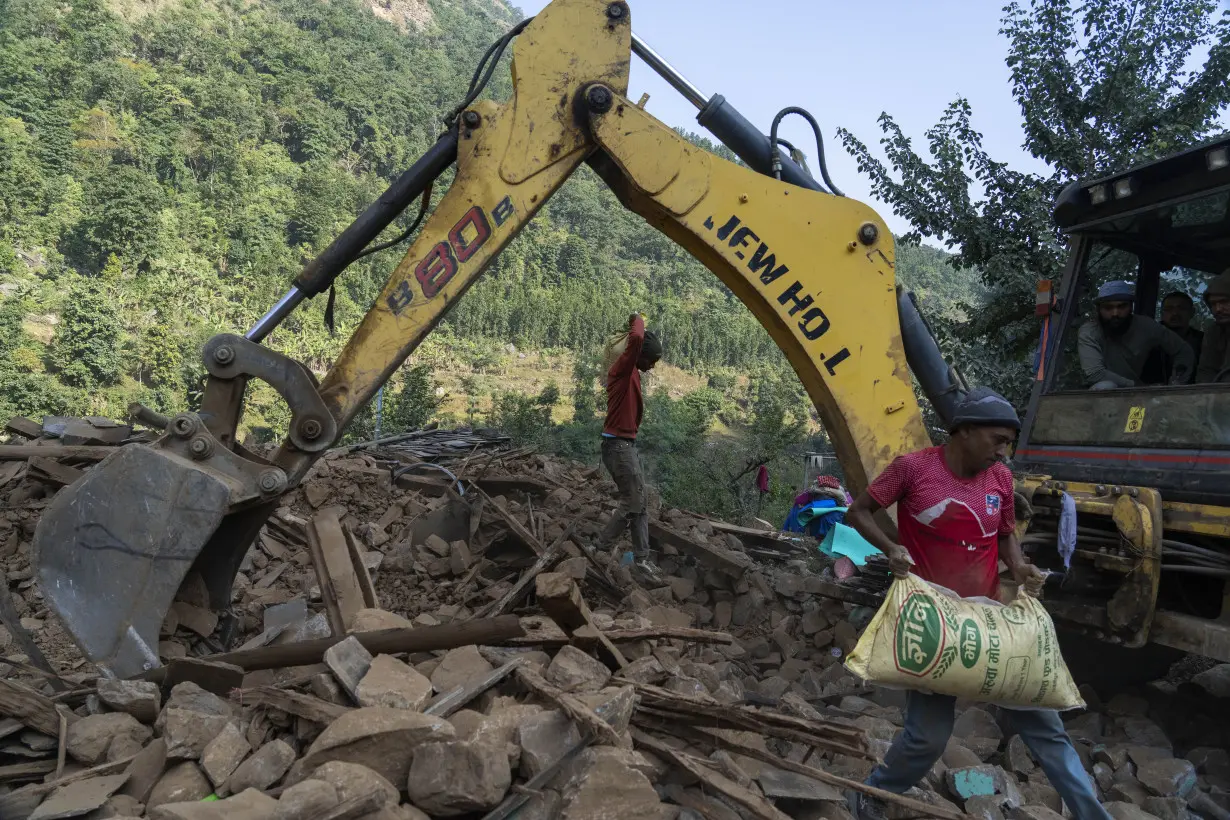
Earthquakes are common in mountainous Nepal. A 7.8 magnitude earthquake in 2015 killed around 9,000 people and damaged about 1 million structures.
___
Associated Press writer Upendra Man Singh in Jajarkot, Nepal, contributed to this report.
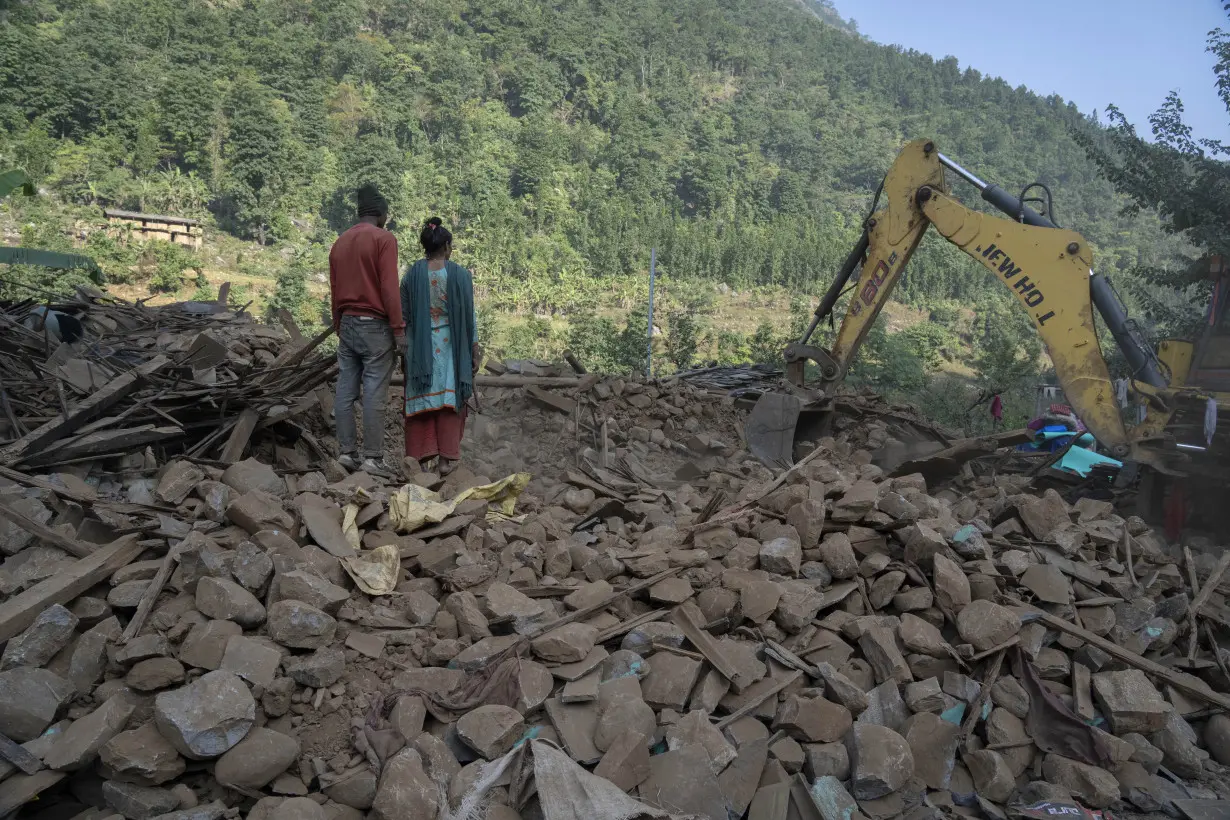
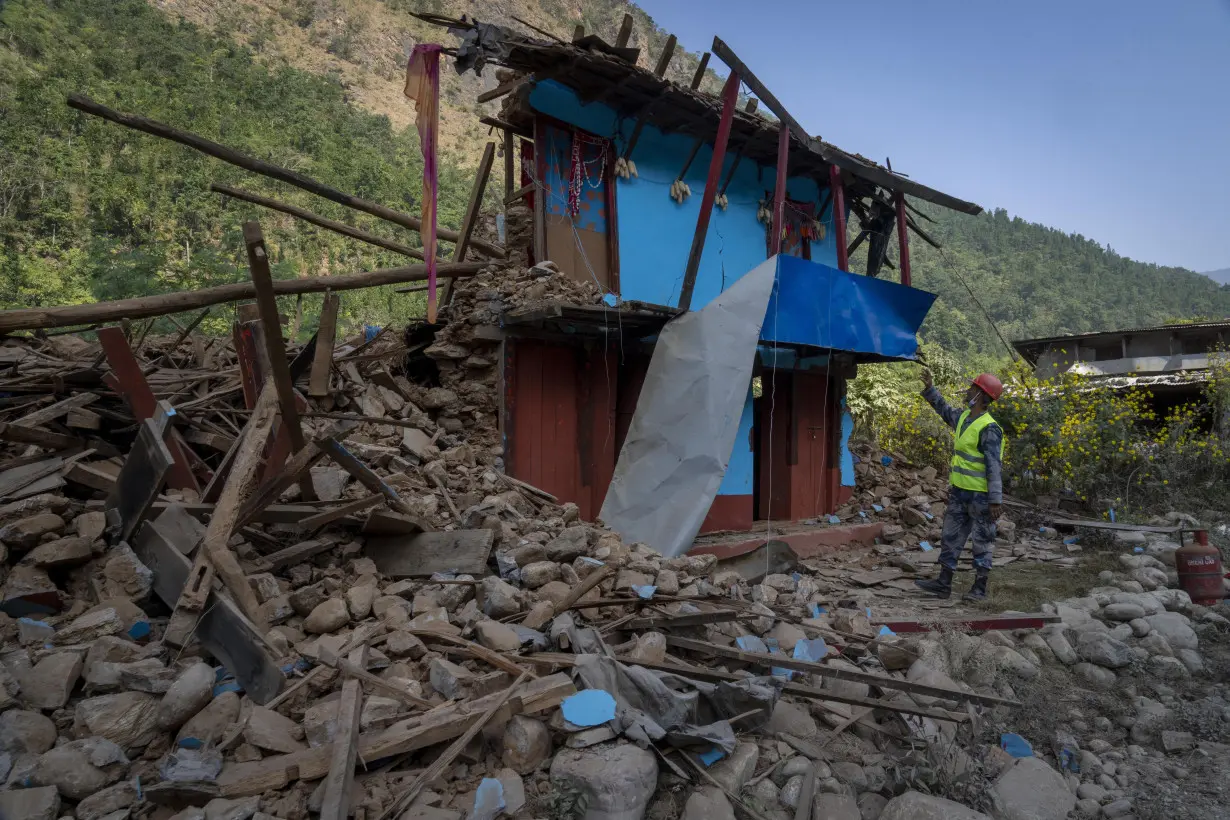

 India's navy launches submarine, warships to guard against China's presence in Indian Ocean
India's navy launches submarine, warships to guard against China's presence in Indian Ocean
 UK inflation unexpectedly eases in December, which could reduce pressure in bond markets
UK inflation unexpectedly eases in December, which could reduce pressure in bond markets
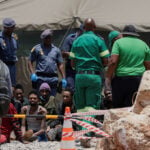 Body count from South African mine siege rises to 60
Body count from South African mine siege rises to 60
 Question on ASEAN stumped Hegseth at Senate hearing. What is it and why is it important?
Question on ASEAN stumped Hegseth at Senate hearing. What is it and why is it important?
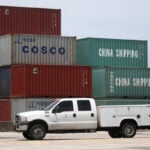 US importers rush in goods from China as Trump tariff threat looms
US importers rush in goods from China as Trump tariff threat looms
 Novak Djokovic breaks a tie with Roger Federer for the most Grand Slam matches in tennis history
Novak Djokovic breaks a tie with Roger Federer for the most Grand Slam matches in tennis history
 China's RedNote: what you need to know about the app TikTok users are flocking to
China's RedNote: what you need to know about the app TikTok users are flocking to
 British author Neil Gaiman denies ever engaging in non-consensual sex as more accusers come forward
British author Neil Gaiman denies ever engaging in non-consensual sex as more accusers come forward
